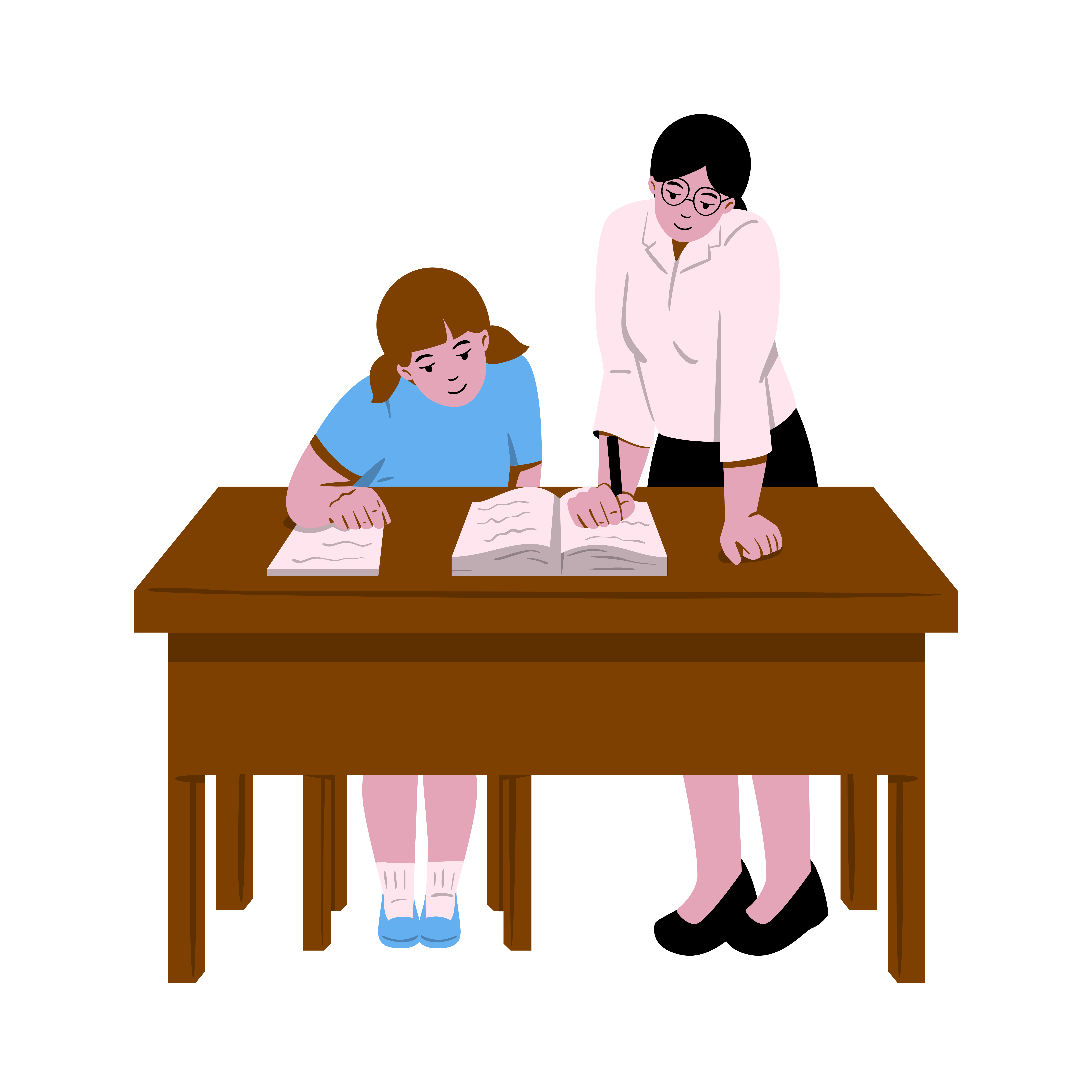Join me...
This site displays advertisements and I may receive a small commission if you interact with them.
School Lesson Sizes
Hi,
I’m Alix and it’s my mission to help as many of the next generation as possible work in jobs that meet their passion and purpose, making them happy and fulfilled adults.
To me, this begins with placing your child in the best school atmosphere from the start, beginning with investigating any prospective school’s class sizes…
So, as always with my articles, grab a snack and let’s look at the importance of the teacher-student ratio.

Teacher-student ratio…
The best school lessons, with regards to the ratio of teacher to pupils, varies depending on several factors, including:

the age group of the students;

the subject being taught;

teaching methods used; and

the overall classroom environment.
In all cases, I believe, it’s a must that any teacher gets to know their students. By knowing them they’ll recognise when one is struggling and be in a position to help.
A child struggling can affect not only their current schooling, but their confidence for life, so it’s critical for children not feel like they’re on their own and no-one’s there for them. As a parent, with the use of the internet, there’s all kinds of help available if it’s just one particular point a child is challenged by. For instance, if it’s a maths problem there’s probably a video explaining it and the advantage is that the video can be watched over and over until the magic moment it makes sense. And with the advance of AI, you can ask the question and ask for a simple explanation and receive it in seconds. Make use of it.

Obviously, not all students in a class will be at the same level of intelligence either and it’s also important this is addressed. Teachers will obviously know this and their training will have covered how to manage it. Although from the following you’ll see my hesitation…
Note: when my daughter was in secondary school, she struggled to concentrate with the pupil sitting beside her who was disruptive. I raised it with the teacher who told me that he’d deliberately placed my daughter beside this pupil as she was a model pupil and he wanted her influence to have a positive effect on her colleague. Whilst understanding why he’d done it, it was so unfair on my daughter.
Accountability…
Schools are finding themselves under increasing pressure to perform well and achieve outstanding results. See the list of related articles below, which includes ‘Understanding the Expectations and Challenges Faced by Schools’ for a better understanding.

These results are often used to compare schools and determine funding allocations which is, of course, extremely important. But, of course, as a result, schools are under immense pressure to meet these prescribed benchmarks and demonstrate their effectiveness in educating students.
Do you think this might ‘encourage’ teachers to concentrate more on those pupils with a higher understanding so they, personally, can meet the benchmark set against them? Teachers are, after all, only human.
Note: A friend of mine teaches at a secondary school. When they receive notice that Ofsted will be visiting, she spends days preparing special lessons for the days they’re in – word-perfect handouts, exciting experiments and much pupil participation.
My question to her is, why the need to prepare a special lesson? Surely the National Curriculum doesn’t change drastically every year for all lessons, so over time every lesson should have be being taught to the same standard as that presented to Ofsted?
Research and educational experts’ guidelines…
While there is no one-size-fits-all answer, research and educational experts have provided some guidelines for class sizes that they believe can lead to adequate learning outcomes, but please keep in mind that these are general recommendations, and the individual circumstances of schools vary.

Early childhood education (preschool and kindergarten)
For young children, smaller class sizes are generally preferred, ideally ranging from 10 to 20 students per class.
This allows for a greater degree of individual attention - I would say critical at this age for a closer teacher-student relationship and a nurturing and, definitely, safer environment. As children are just beginning their educational journey, what they learn here, not just in education terms, but their overall development, is so very important.

Primary school (grades 1-6)
In primary school, a class size of around 20 to 30 students is often considered appropriate.
With the seeming increase in reported cases of autism and ADHD in children, these children’s behaviour can greatly affect the whole class so, I think, smaller classes makes more sense in order to provide more personalised attention, especially for pupils who can struggle with certain subjects.

Note: my nephew has autism and is being tested for ‘Savant’s’ which, if he has it, explains why he’s basically two years ahead of his colleagues in maths, but which isn’t the case for his English learning. Difficult to address I would think to stop him being bored and disruptive in class but not move him ahead so he struggles with other lessons.
Secondary school (grades 7-12)
For secondary school students, a class size of around 25 to 35 students is often seen as manageable. But ‘manageable’ does not mean ‘preferrable’.
At this age, students may become more independent in their learning and larger class sizes can work but only with skilled teachers who can manage the classroom effectively. A teacher’s ability to control, use discipline where necessary, be respected, and hold their student’s interest is key.

Note: a colleague of mine told me about a class she took in secondary school where the teacher had no control. The pupils, along with my colleagued, made a mockery of the whole year and it was only several years later she realised how missing a year’s teaching on just one subject had had such a bad knock-on effect and she wished she could turn back the clock. I can’t imagine that the teacher went home feeling good either and the problem should have been addressed for all.
Specialised subjects and advanced courses
In specialised subjects or advanced courses, smaller class sizes are generally preferred. This allows for more in-depth discussions, individualised feedback, and a greater focus on complex topics.
However, the students should have chosen to take these subjects and, therefore, have more interest in learning what’s being taught.

Benefits of smaller class sizes…
Include:

More personalised attention for each student;

Increased student engagement and participation;

Better classroom management and discipline, leading to improved academic performance and learning outcomes;

This will also lead to the teacher reaching their own benchmarks, creating a less stressful setting;

Enhanced teacher-student relationships;

Opportunities for more interactive teaching methods.
However, it's important to note that smaller class sizes can also bring challenges, such as higher costs for schools, increased demand for teachers and limited resources. Therefore, finding the right balance between class size and educational quality is essential.

Conclusion…
Where the school budget is being continually stretched, it is noted that, ultimately, while class size is an important factor, the effectiveness of education also depends highly on:

the skills and abilities of the teacher;

the school's overall resources;

parental involvement; and

the support provided to students inside and outside the classroom.
You may well not have a choice of schools, especially when distance from home to the school gate seems to play a large factor now, but if you do, looking at the ratio of teacher to pupils could be an important factor.
See my article ‘Fun School Facts’ for an interesting comment on the smallest sized school with teacher versus pupil ratio.
I’d love to hear how you’re getting on and, where possible, if we can help more.
Lastly, I wanted to both wish you luck.
Success is within your grasp!
